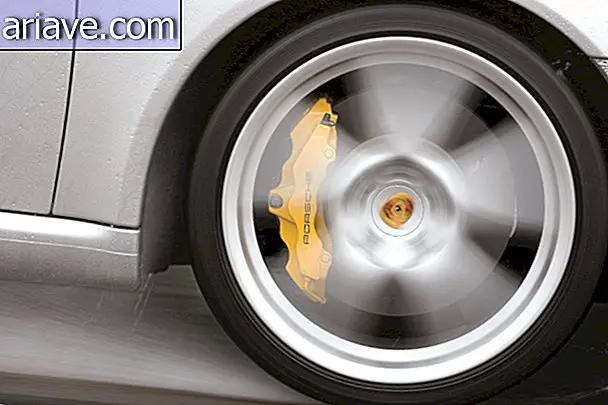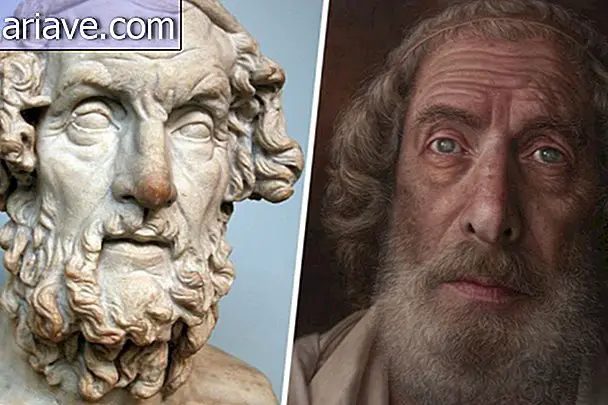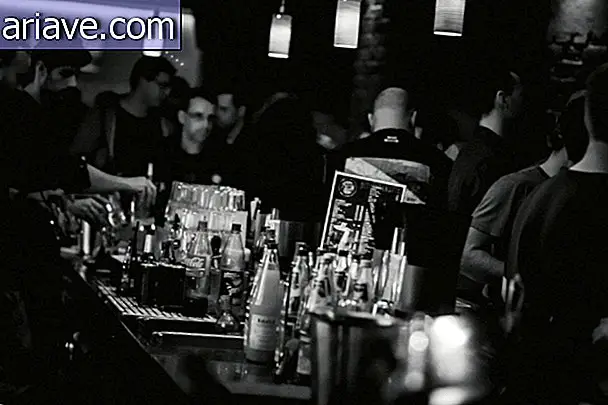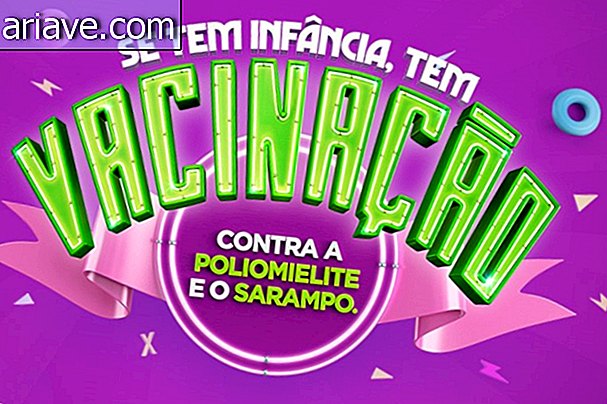An explanation has emerged of how they put hats on Easter Island Moais
You know the Easter Island moais, right? They are those immense stone statues that are about 4 to 10 meters high or so, and weigh several tons that are spread across the Chilean island - which is one of the most isolated inhabited places on the planet, the Pacific, 3.7 thousand kilometers away from the continent.

Sculptures are awe-inspiring and have long been the subject of a wide range of studies, as scientists from all over the world still debate how these monuments were created, transported and for what purpose exactly. There are theories of how the moais were taken from the quarries where they were carved to the platforms they are on - see one of the most accepted through this link. And now a team of researchers came up with an idea of how some of these statues won their hats.
Mystery
Well, dear reader, if you have ever taken a good look at Easter Island moai images - or if you have ever had the privilege of traveling there to see them closely - you may have noticed that some of them have some Red "hats" on their heads. These “accessories” are known as pukao and, according to analyzes performed on some fragments of these artifacts, they were made from a reddish material (don't laugh!) Called “volcanic slag”.

These pieces are usually about 2 meters in diameter, weigh about 12 tons and fit over the heads of the moais. It is noteworthy that previous studies had already pointed out that the hats were carved from a different quarry than the moais, and that they were probably “rolled” to where the statues are - since the dross cylinders show no signs of having been dragged.
However, no one could explain how the Rapa Nui - the ancient inhabitants of the island - did to lift these chaplets several feet high to put them in place. After all, the ancient sculptors did not have cranes to help them with the task, and it is unlikely that the aliens came to lend a helping hand. The answer? According to such a new study, the Rapa Nui used a maneuver known as parbuckling.
Maneuvering
Just to understand you better, parbuckling was used to dislodge the Costa Concordia cruise ship, the one that crashed on the Tuscan coast in Italy in 2013. At the time, the rescue team used cables and counterweights, as well as air-filled tanks, which were positioned on both sides of the ship to “straighten out” the vessel.

In the case of the chaplains, scientists - led by anthropologist Carl Lipo of Binghamton University in the United States - examined more than 50 pukaos, created a number of three-dimensional models and concluded that the Rapa Nui used ropes made of natural fibers and a long ramp. wood to fit the hats on the heads of the moais. Check out the sketch below:

More specifically, the researchers believe that the Rapa Nui tied the ropes around the pukaos and were pulling the cylinders, causing them to roll up the ramp. Once at the top, the hats were carefully trimmed, placed in the right position and pushed over the moais. See how the process is made with wood logs:
Although in the example above parbuckling was used with the help of an engine, the scientists calculated that it would take between 10 and 15 men to push the hat and put it in place.

Another nice thing is that the researchers found slag chips at the feet of the moais - which supports the theory that the pukaos were actually topped off the ramps - as well as pieces of the wood used to build the ramps, which are now found on the ramps. platforms where the stone sculptures are. So, what did you think of the explanation?
***
Do you know the Mega Curioso newsletter? Weekly, we produce exclusive content for lovers of the biggest curiosities and bizarres of this big world! Register your email and do not miss this way to keep in touch!











